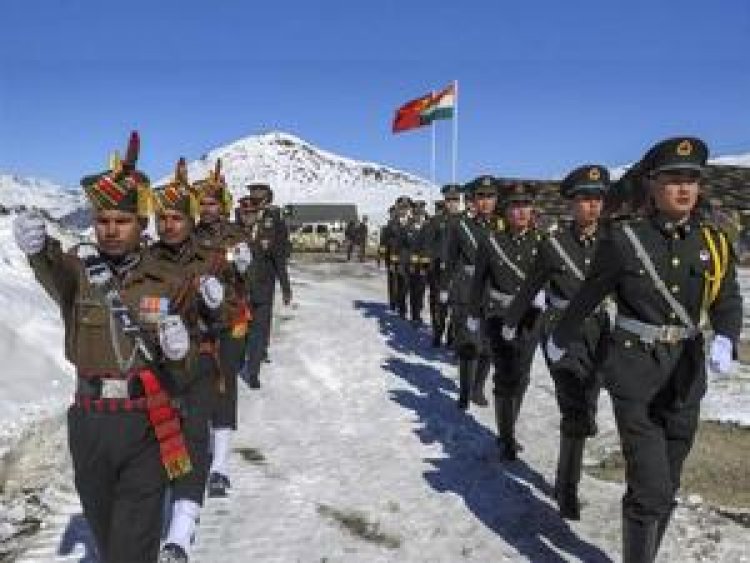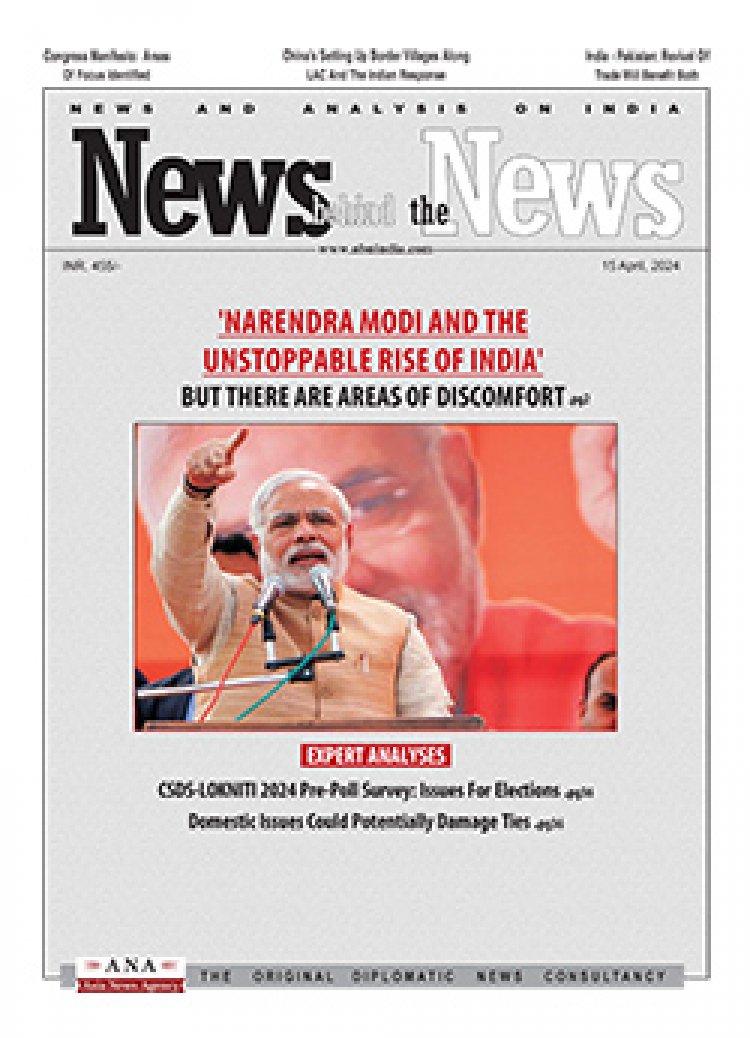India - China: Stalemate on the Border
STORIES, ANALYSES, EXPERT VIEWS

The 13th round of talks between military commanders of India and China will take up disputes in Hot Springs, even as disputes in Demchok and Depsang remain unresolved. Since the crisis last year, both sides have set up buffer zones in Galwan Valley and on the north bank of Pangong Lake, and have disengaged on the south bank and in Gogra. This temporary arrangement has helped prevent the recurrence of clashes, but with past agreements in disarray, a longer term understanding to keep the peace still eludes both sides.
Ahead of the next round of talks, there was a minor altercation between Indian and Chinese troops in the eastern sector of the India-China boundary. Sources mentioned that patrol parties of both the countries came face-to-face near Yangtse in the Tawang sector, Arunachal Pradesh.
Sources in the defence establishment said the Chinese had come in “sizeable” strength, and came face-to-face with an Indian patrolling unit. However, an official said, as it happens in such cases, there was some pushing around between the troops, but it was brought under control by the local commanders.
Sources stated that “both sides undertake patrolling activities up to their line of perception” and “whenever patrols of both sides physically meet, the situation is managed according to established protocols and mechanisms agreed by both sides”. The source also said “physical engagement can last for a few hours prior to disengaging as per mutual understanding”.
Government officials underplayed the incident and said the Tawang sector is prone to such incidents, but this time such an engagement between the two sides has happened after a long time. A similar incident had taken place in 2016 as well.
Sharp verbal exchanges
Meanwhile, as the border stalemate continues, there have been sharp exchanges between China and India. China lays the blame for the border crisis on India’s “illegal trespass” and it's “forward policy”. India responds by stating China’s “provocative behaviour”, and amassing of troops in April 2020 following annual military exercises, that led to the flashpoints. The Chinese ambassador stop India, Sun Weidong, called on both countries to “place the border issue in an appropriate position” and said “it is not the whole story of bilateral relations”. His Indian counterpart, Vikram Misri, has said the Chinese are “shifting goalposts” in how both countries have, for three decades, managed the border areas peacefully. This, he said, was predicated on “a well-understood distinction” between managing the border areas and resolving the boundary question.
It is clear, writes The Hindu “that this understanding, along with the four border agreements, has now broken down on account of China’s actions last year to unilaterally re-draw the LAC in Ladakh in the Western Sector.”
















